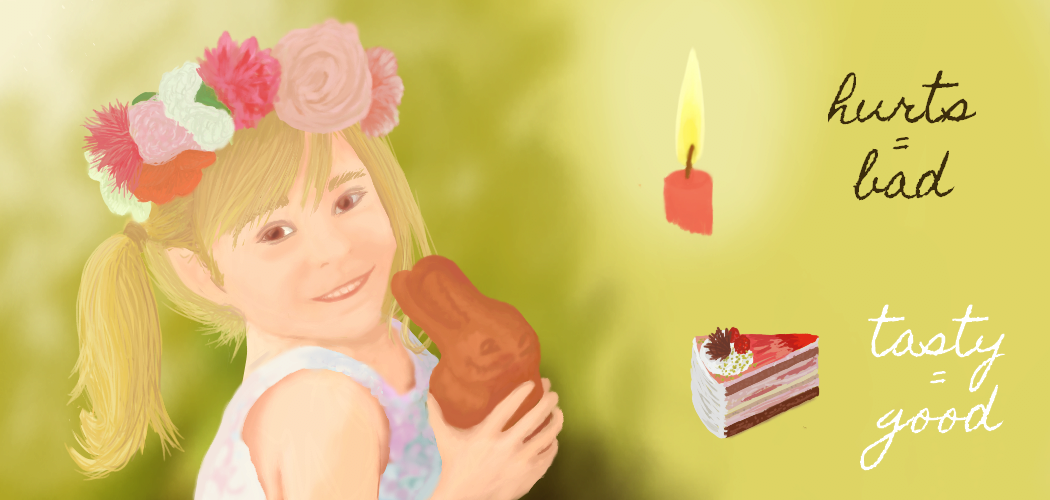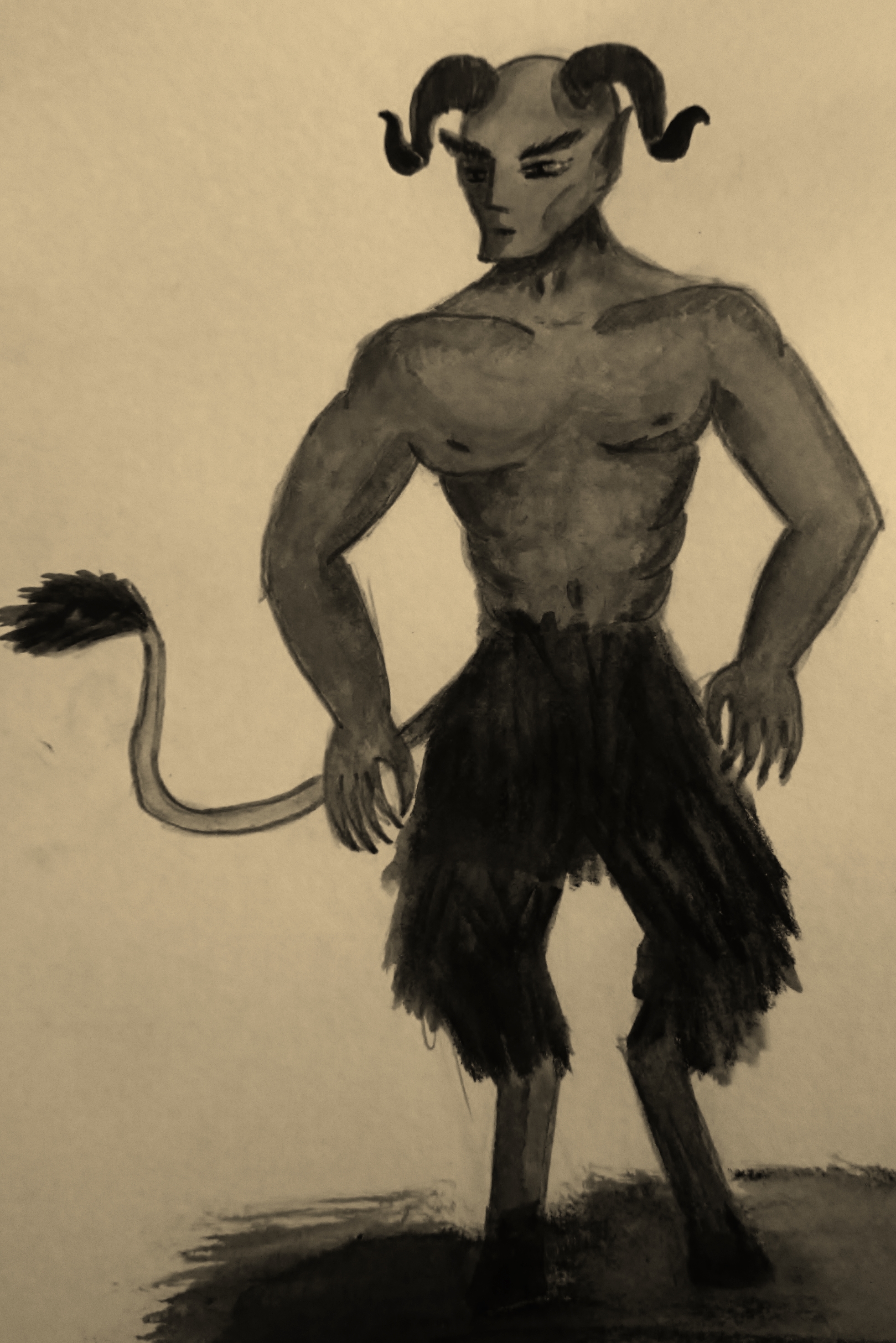Good-Evil Polarity
After experiencing pleasurable (good) and painful (evil) the toddler divides its environment into two categories: Desire of the good and rejection of the evil.
The learning process of a baby begins with an emotional coupling of experienced contents. Even in our adulthood there is no pure intellectual learning. Everything that is learned is coupled with emotions because otherwise we would not remember it. The more emotion an information we want to learn contains, the better it will be kept in our mind. (Interestingly, that is a late finding of the human medicine.)
The learning process follows a simple scheme. It is a simple pattern that has proven itself in terms of animal learning behavior for eons. This scheme consists of a polar classification of the world into “good” and “evil”. Later this classification schema shows finer and finer differentiation and more complex combinations. The process begins in the early childhood with a spectrum from pleasant to unpleasant. Learning contents are labeled with emotions which are again coupled with sensory life impressions. A quality like “good” or “evil” is allocated to the learning content.

With growing experience the network gets more complex and more graded. Contrasts fade and estimations like “much good” and “a little bad” occur. Despite this gradations the basic polarity of good and evil remains. This is the root of a religious worldview and also the origin of coming contradictions of a matured, complex philosophical and social system. To sum up one can say that symbols are psychic quality labels of learned contents.
Thus the symbol language of the subconscious is not referring to a mysterious, collective resource of mankind. Much more it is a simple, congenital structure. So the collective character is more a result of this innateness.
In contrast to our semantic communication which is linear causal, the symbolism of the subconscious is holistic due to the three-dimensional space that we are living in. The first basic experiences which divided the world in pleasant and unpleasant, good and evil, remain as holistic symbol structure. It reminds of a crystal structure which applies to the whole crystal as well as to a fragment. Thus the inner symbol language is not a mysterious psychic transformation of the objects of our world but the judging labeling. These labels are being attached to every object and every event.
The intensity of the good-evil judgment is given by the attached emotion. Objects and events which are free of emotions are often just formative accessories.
Demonic Aspects in Dreams
Psychic aspects – Inclinations and desires that are not accepted in a moral, social or religious way get repressed. This repression expresses itself through the aggression one has against those things. In our dreams these contents are therefore of a demonic or bestial aggressive nature and put the dreamer in fear. In this case flight does not help. Only tolerance, understanding and love and eventually acceptance of this piece of our nature brings cure. We have to face the fact that we are not the “intellectual super beings” we may want see ourselves as.

"When I was a child I often had the same dream. It was a grey and rainy day and I was playing in kindergarten. I had this nightmarish feeling, just like I knew that something really bad was going to happen. I looked around and saw a shadowy figure that was slowly creeping towards me. I wanted to run but I moved very slow. It felt like walking trough deep mud or as if the air around me was consisting of honey. When the nebulous figure reached me I always felt pain and horror. Sometimes I tried really hard to wake up. Other times I looked back at my persecutor and saw that he was consisting of pure shadow. He had these bright, red-glowing eyes." (Seth)
© Alfred Ballabene (Vienna) translated by Seth

